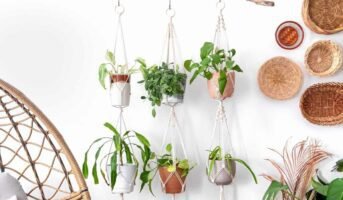The art of cultivating a sense of calm is a cornerstone of Japanese culture. Wabi-sabi, a Japanese aesthetic that centres on the beauty of imperfection, is often reflected in minimalist design and a connection with nature. Bringing a touch of Japan into your home through indoor plants can not only create a beautiful and serene space but can also provide well-being benefits. In this article are 10 Japanese indoor plants that are perfect for bringing a sense of tranquillity to your home.
See also: Top 10 hanging plants that remove dust.
Schefflera (Japanese Aralia)
This elegant plant, with its cascading umbrella-shaped leaves, is known as the “money tree” in Japan and is believed to bring prosperity and good luck. It thrives in indirect sunlight and requires moderate watering, making it a great choice for beginners.
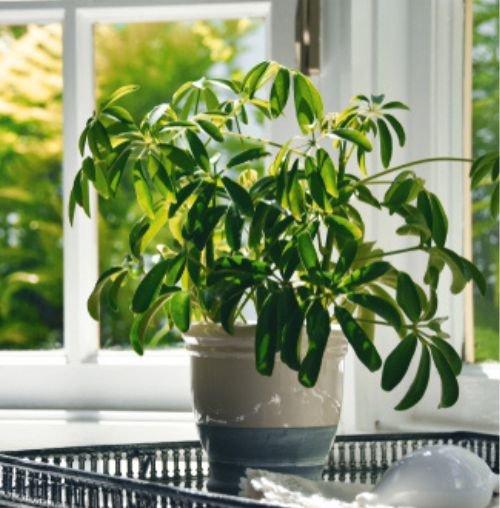
Bonsai
The art of bonsai, literally translating to “tree in a tray,” is a meditative practice in cultivating miniature trees. These miniature masterpieces cultivate a sense of peace and require dedication and patience to care for. There are many species of trees that can be trained as bonsai, allowing you to find one that complements your taste.

Sake Bamboo
Sake bamboo, also known as the “Buddha Belly Bamboo” due to its plump base, is believed to bring good luck and fortune. This low-maintenance plant thrives in water and only requires occasional misting. Its lush green stalks and vibrant green leaves can add a touch of zen to any space.
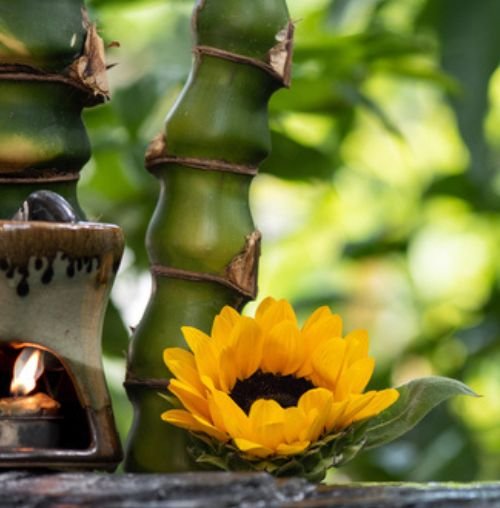
Penjing
Similar to bonsai, penjing is the Chinese art of cultivating miniature landscapes in trays. These landscapes often incorporate miniature trees, rocksand other elements to create a calming and beautiful representation of nature. While not technically Japanese, penjing shares many similarities with bonsai and can add a touch of tranquility to your home.
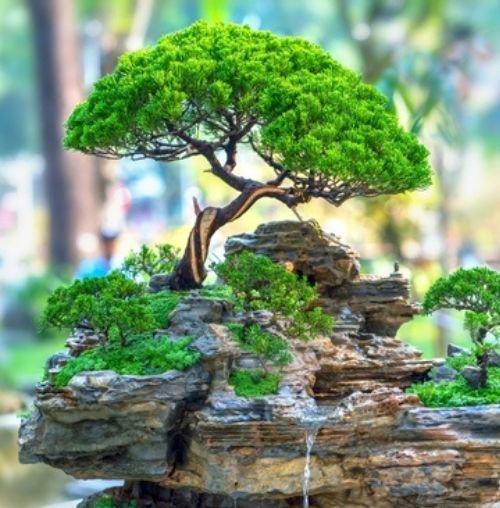
Kinmokumou (Golden Cloud)
This dwarf schefflera variety features beautiful variegated leaves with gold speckles. It is a low-maintenance plant that prefers indirect sunlight and well-draining soil. The pops of gold against the green foliage create a sense of harmony and serenity.
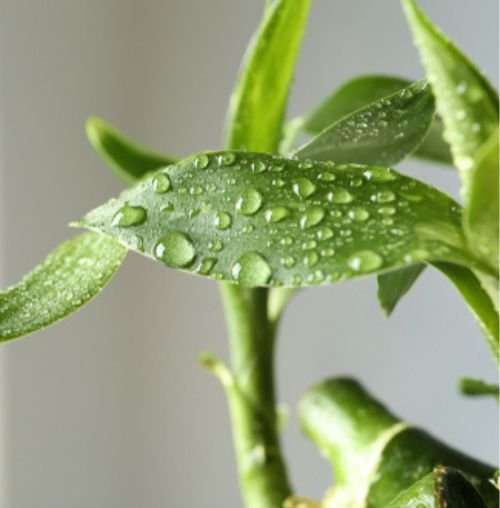
Nipponanthemum (Kinugasa)
Also known as the “Japanese Daisy,” this flowering plant is known for its cheerful white blooms with yellow centers. It prefers bright, indirect sunlight and moist soil. The delicate white flowers and lush green foliage can add a touch of elegance and tranquility to your space.
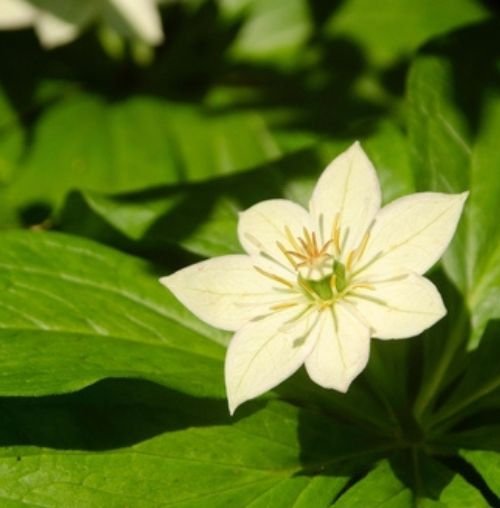
Ficus Microcarpa (Green Island Fig)
This evergreen shrub features small, glossy leaves and can be easily shaped through pruning. It is a versatile plant that can be grown as a bonsai or a larger potted plant. Ficus Microcarpa prefers bright, indirect sunlight and well-draining soil.
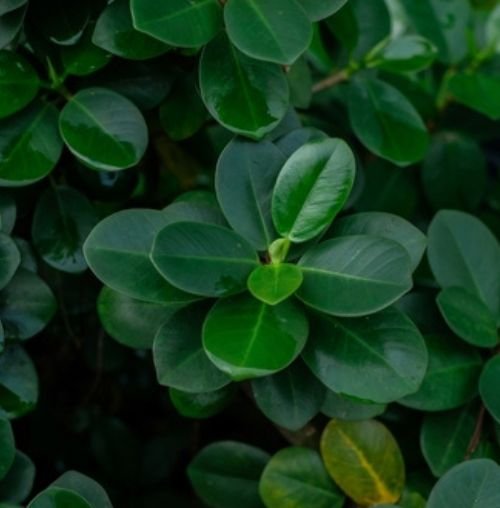
Spathiphyllum (Peace Lily)
This popular indoor plant is known for its air-purifying properties and its beautiful white flowers, which symbolise peace and tranquillity. It thrives in low-light conditions and requires moderate watering, making it a great choice for busy individuals.
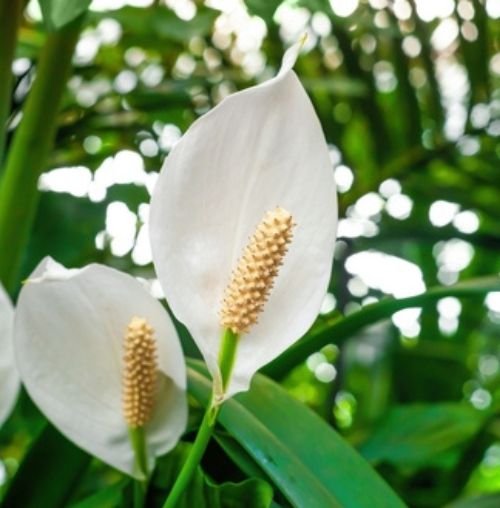
Nephrolepis Exaltata (Boston Fern)
This lush fern adds a touch of the tropics to your indoor space. Boston Ferns prefer bright, indirect sunlight and high humidity. Grouping several ferns together can create a mini zen garden that promotes relaxation.

Cryptanthus (Earth Star)
This unique bromeliad features rosettes of brightly coloured leaves. Cryptanthus are low-maintenance plants that prefer bright, indirect sunlight and well-draining soil. Their vibrant colours and interesting textures can add a touch of whimsy and tranquillity to your space.
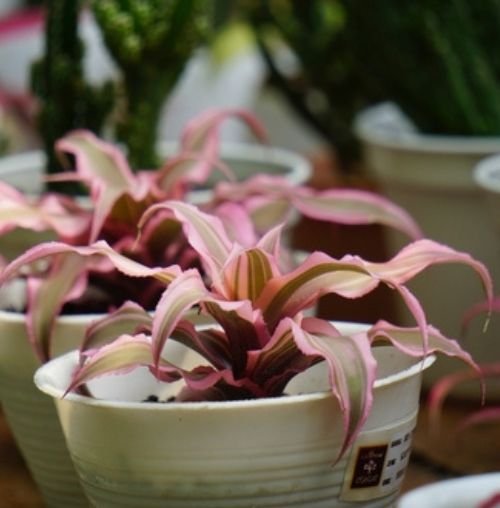
By incorporating these Japanese indoor plants into your home, you can create a haven of peace and tranquillity. Remember, caring for plants can be a meditative practice in itself, promoting mindfulness and a connection with nature. So, sit back, relax and enjoy the beauty and serenity that these Japanese plants bring to your home.
FAQs
I need a low-maintenance plant. What are my options?
Sure! Sake Bamboo thrives in water and needs little care. Peace Lilies are easy too, with low light needs and moderate watering.
What do I do if I am worried about light?
No problem! Schefflera and Kinmokumou prefer indirect sun. Sake Bamboo and Peace Lilies do well in low light.
What are some of the best choices if I am short on space?
Bonsai are tiny trees! Sake Bamboo and Schefflera can be kept small with pruning.
What are some lucky plants?
Some bring good fortune! Schefflera (money tree) and Sake Bamboo are said to be lucky. But really, their beauty and calming effect are the best reasons to have them.
Do all these plants need a lot of water?
It depends! Bonsai need more water than Schefflera. Always check the soil before watering and avoid overwatering.
What are some of the most tranquil flowers?
Nipponanthemum (Japanese Daisy) has white flowers symbolising peace. Orchids, not technically Japanese, are also linked to calmness.
How can I create a zen plant zone?
Group plants with similar needs. Use good soil and fitting pots. Arrange plants on stands for a layered look.
| Got any questions or point of view on our article? We would love to hear from you. Write to our Editor-in-Chief Jhumur Ghosh at [email protected] |



